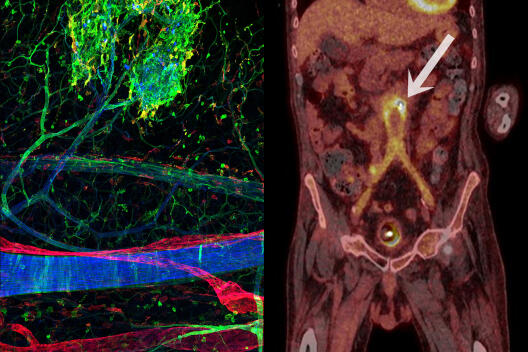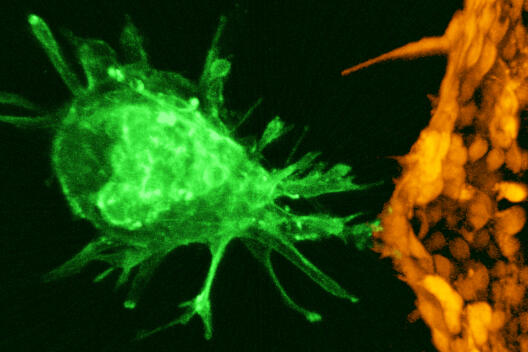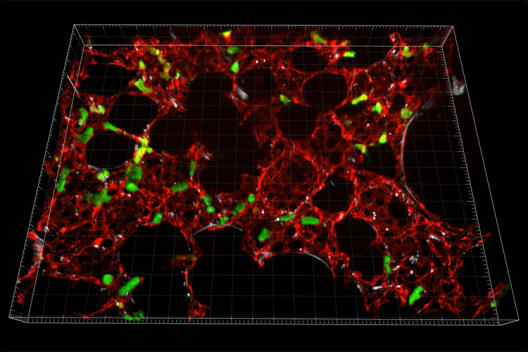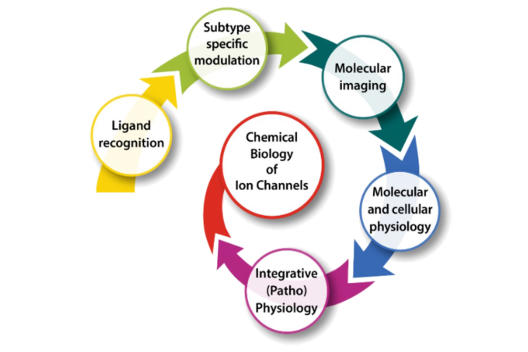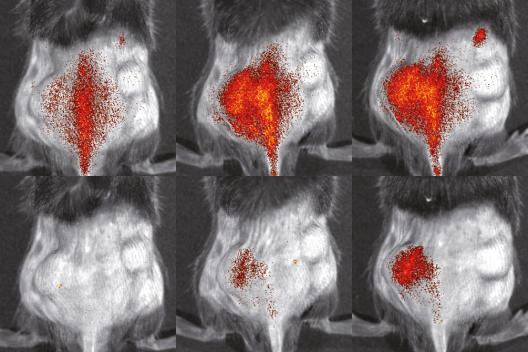Research networks in the field of “cell dynamics and imaging”
Our community is intensively engaged in acquiring external funding, especially for interfaculty research networks in the field of cell dynamics and imaging. By joining forces in the Cells in Motion Interfaculty Centre, we embed the specific scientific topics of these collaborative projects into a larger thematic context, and, at the same time, our network is an incubator for new collaborative initiatives. Together we further develop our scientific field as well as supportive offers and institutional structures.


